Set in the dismal and snow-swept American Northeast in 1856, The World to Come is a heartbreaking yet exquisite lesbian historical drama that tackles bereavement, isolation, and forbidden passion. Based on the short novel by Jim Shepard, the film follows two frontier women caught in unfulfilling marriages who discover love and significance in one another. With poetic narrative, powerful performances, and rich visual symbolism, it stands among the finest American lesbian films in recent years.
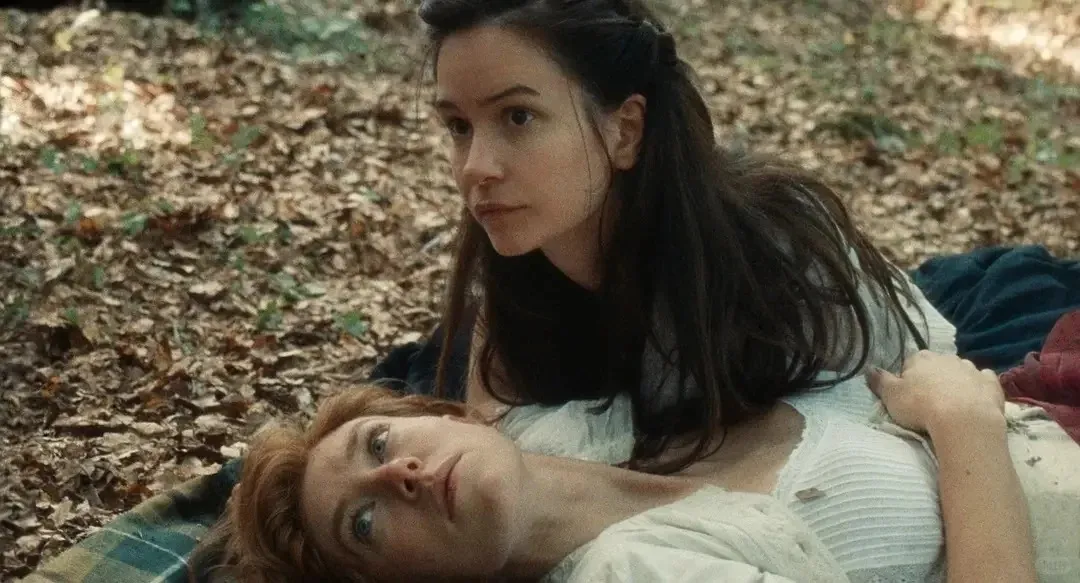
Abigail (Katherine Waterston) and her husband Dyer (Casey Affleck) run a modest farm while silently grieving the recent death of their daughter. Their life is somber, dictated by hard labor and emotional distance. When new neighbors arrive, Abigail meets Tallie (Vanessa Kirby), a spirited and curious woman also bound to a cold and domineering husband, Finney (Christopher Abbott).
The two women develop a warm friendship that soon deepens into romantic intimacy. As the seasons change, so does their connection—from shared chores to quiet glances, stolen touches, and finally, unspoken love. But the cruel reality of their environment, their husbands, and the era ultimately tests the endurance of their bond.
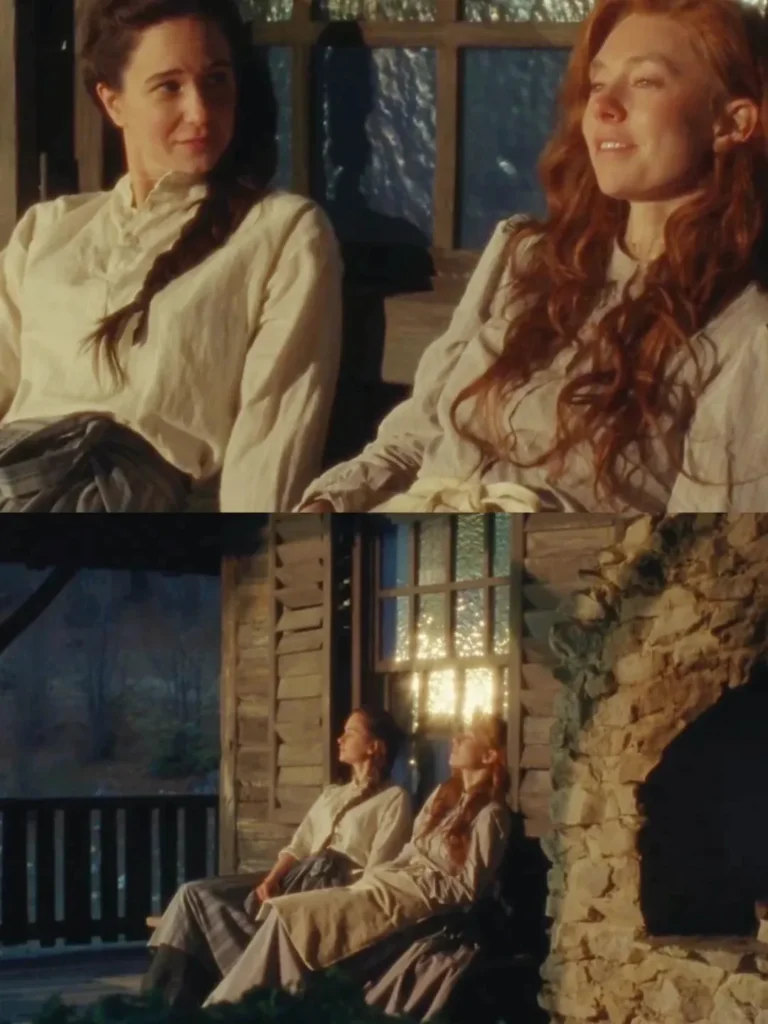
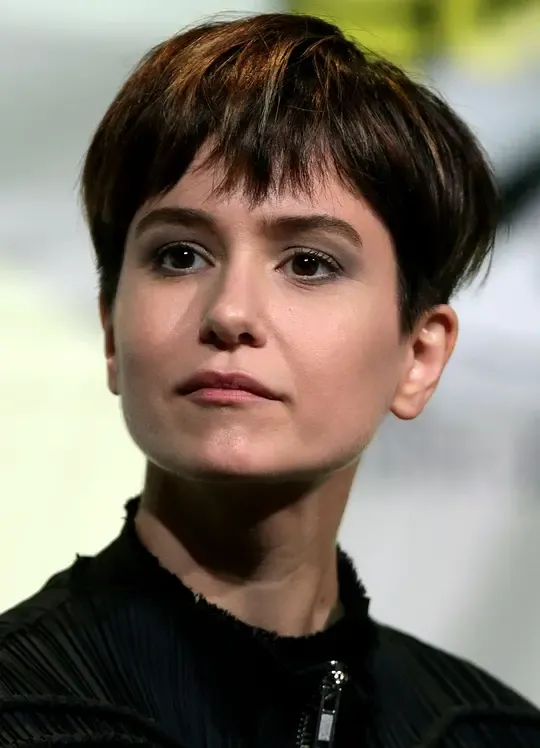
A repressed, grieving farmer’s wife who finds emotional and romantic awakening through writing and her bond with Tallie.
Katherine Waterston
Waterston delivers a performance filled with quiet fire. Known for Fantastic Beasts and Inherent Vice, she inhabits Abigail with profound grace, giving voice to a woman long silenced by duty and grief.
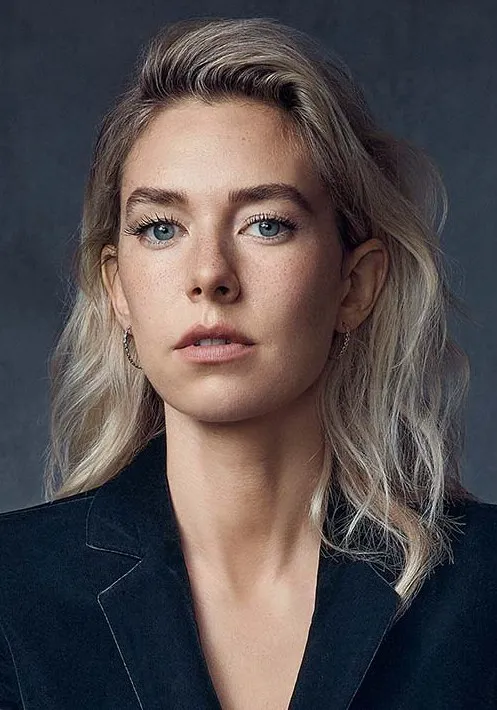
A vibrant, curious woman stuck in a cold marriage who becomes the center of Abigail’s emotional universe.
Vanessa Kirby
Kirby, who won Best Actress at Venice for Pieces of a Woman, lights up the screen with sensual energy and tragic optimism. Her portrayal of Tallie is both playful and devastating.
Director
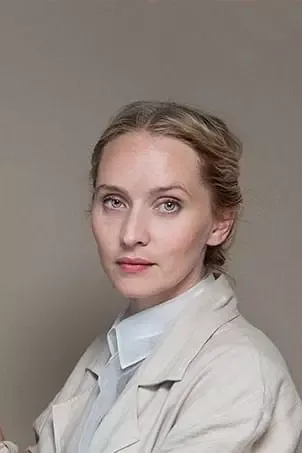
Mona Fastvold
Norwegian filmmaker Mona Fastvold brings a delicate and painterly sensibility to this American frontier tale. Best known for The Sleepwalker, she infuses The World to Come with an almost tactile intimacy. Her commitment to practical sets, seasonal authenticity, and female-centered storytelling ensures the film stays rooted in emotional truth. Through long takes and minimal dialogue, she creates a space where silence, breath, and stolen glances carry the weight of entire monologues. Fastvold's approach to the female gaze is subtle yet revolutionary. In a narrative filled with grief and longing, she lets tenderness bloom organically, making the characters' emotional awakenings feel real and hard-earned.
BEST SCENES
📍Their first kiss: layered with tension, fear, and relief. One of the best-crafted first kisses in lesbian cinema.
📍Tallie rubbing warmth into Abigail’s feet after a snowstorm.
📍The shared birthday gift scene—a subtle emotional battle between two husbands, but Tallie’s gift (an atlas) shows who truly sees Abigail.
📍The poetic sex scene shown through montage and memory.
📍The final moments when Abigail imagines a life with Tallie that could have been.
The World to Come Review
Review
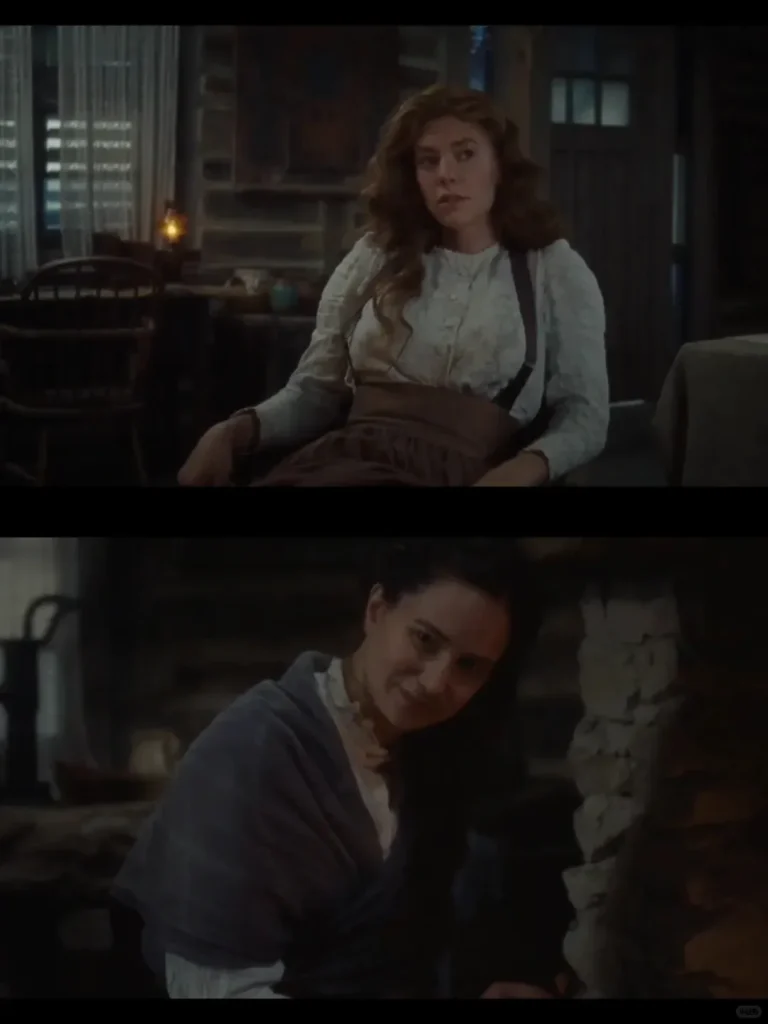
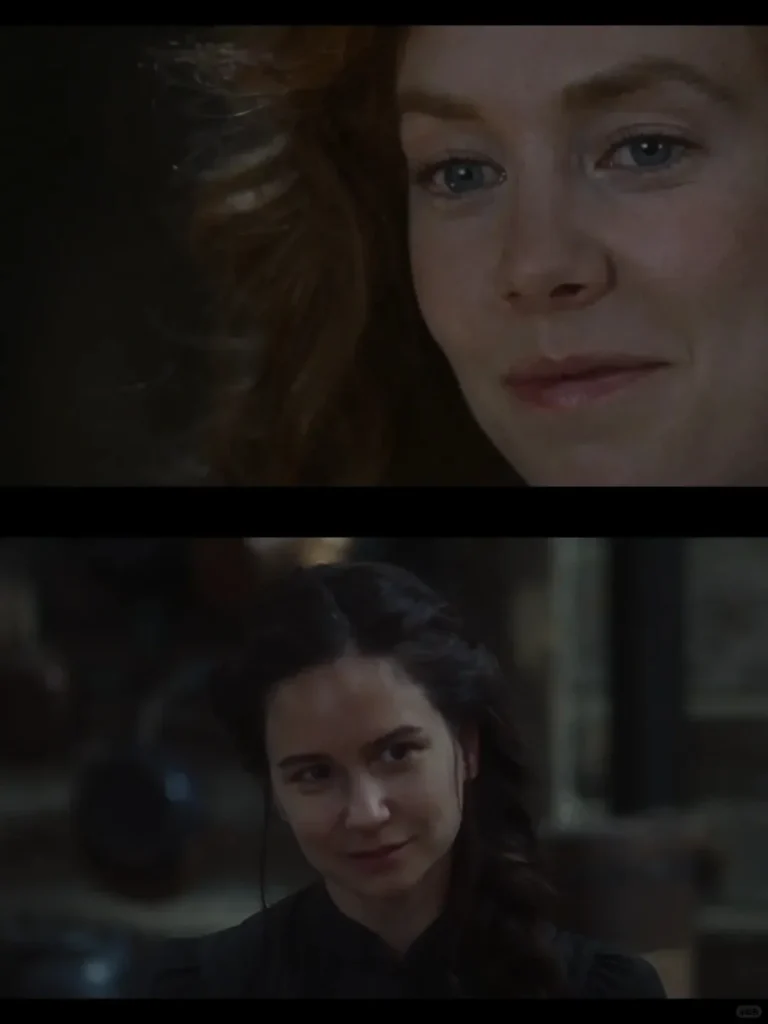
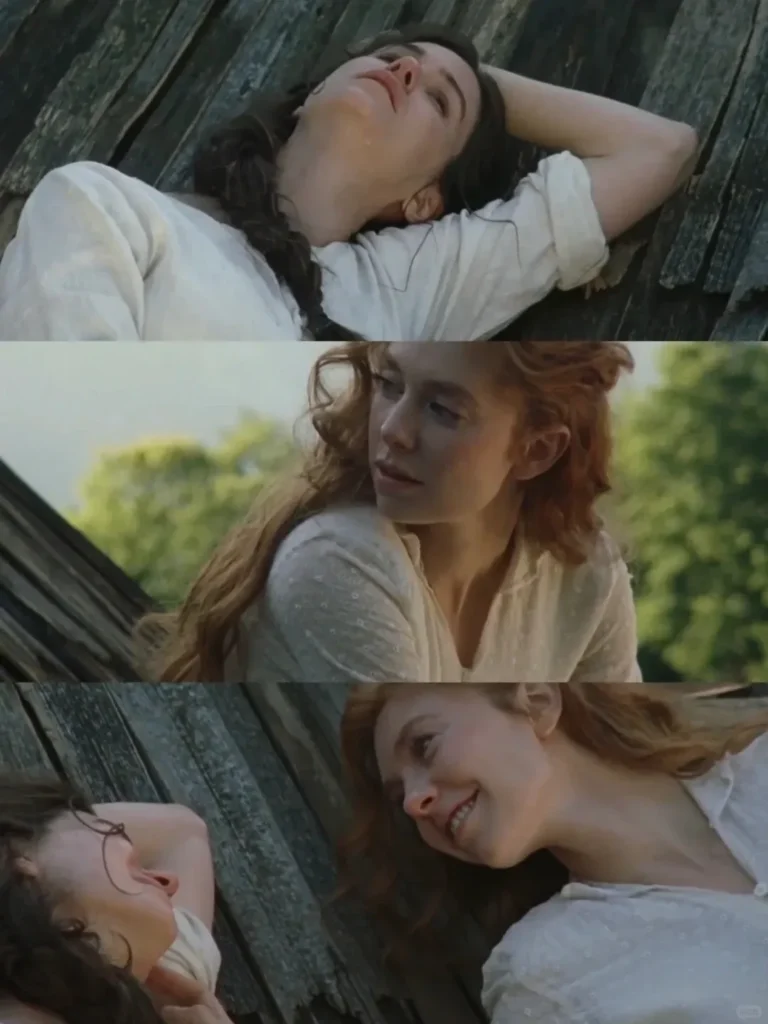
Story ⭐⭐⭐⭐⭐ (5/5)
A quiet storm of a love story. The narrative is deeply internal—much of it told through Abigail’s diary-like voiceover. The film explores how queer love can bloom in a world without emotional templates, and how the absence of language does not mean the absence of feeling. It is an achingly intimate story of longing, domestic entrapment, and fleeting connection.
Acting ⭐⭐⭐⭐⭐ (5/5)
Katherine Waterston delivers a masterclass in restraint and vulnerability, while Vanessa Kirby embodies passion and mischief wrapped in melancholy. Their chemistry is palpable and brimming with unsaid emotion. Even the smaller gestures—the tightening of a jaw, a downward glance—are electrifying.
Chemistry ⭐⭐⭐⭐⭐ (5/5)
The emotional and physical tension between Abigail and Tallie is rendered with remarkable subtlety and realism. Their first kiss scene is one of the most memorable in lesbian cinema: hesitant, charged, intimate, and emotionally layered. The film builds their connection slowly and with poetic care.
Production ⭐⭐⭐⭐⭐ (5/5)
Shot on 16mm in the forests of Romania, the cinematography beautifully mirrors the characters’ emotional landscapes—snow, wind, mud, fire, and fading light. The use of music, nature sounds, and silence creates an immersive atmosphere. The voiceover becomes part of the soundscape, not just narration.
Ending ⭐⭐⭐⭐ (4/5)
Bittersweet and haunting. Although the ending veers into inevitable tragedy, it remains emotionally authentic. Through imagination and memory, Abigail keeps Tallie alive in her internal world. The final lines echo like a quiet anthem for queer survival in silence.
💬 My Take
This film floored me. The gentle pacing and poetic narration draw you into Abigail’s lonely interior world, where even the smallest emotional tremors feel seismic. Her connection with Tallie arrives like spring after a brutal winter—slow, hopeful, and drenched in golden light.
What sets The World to Come apart is its refusal to sensationalize lesbian desire. There is no voyeurism here, no clichéd dramatic outbursts. Instead, we get flushed cheeks, half-spoken confessions, and the quiet tragedy of knowing love may not be enough to change the world. It made me weep, not just for what was lost, but for how deeply it had once been felt.
NOVEL VS FILM: What Changed?
While the film is based on Jim Shepard’s short story of the same name, The World to Come transforms its minimalist literary source into a lush, emotionally expansive cinematic experience. The core plot remains: two women in isolated marriages form an intense bond on the frontier—but the adaptation makes several key changes to deepen the romance and clarify its emotional trajectory.
🟥 Expanded Tallie:
In the original story, Tallie enters quietly and almost incidentally. Her presence is subtle and sporadic, and the love story develops slowly, even ambiguously. In contrast, the film presents Tallie as radiant, magnetic, and emotionally direct. From the very first glance, the chemistry with Abigail is palpable, and their connection feels both fated and urgent.
🟥 From Diary to Cinematic Voice:
The original is written entirely in Abigail’s diary form, which limits the immediacy of dialogue and action. The film retains this structure through voiceover narration, but opens up the story visually—giving us scenes the book only alludes to, like their physical intimacy, long walks, domestic chores, and shared silences.
🟥 A Fuller Romance Arc:
The book’s romantic scenes are restrained and hinted at rather than shown. The film, directed by Mona Fastvold, opts for more emotional and visual clarity: the first kiss, moments of joy, hesitations, jealousy, and ultimate heartbreak are given emotional and physical texture. The film builds a tangible arc from longing to connection to loss.
🟥 Different Male Roles:
The novel’s men—Dyer and Finney—are mostly background figures. The film brings them forward slightly to explore the dynamics of patriarchal control. Notably, Dyer is given more emotional shading, making his reactions to Abigail’s emotional distance more complex and even sympathetic at times.
🟥 Visual and Seasonal Symbolism:
The novel is set firmly in winter, but the film stretches across seasons—from harsh snowstorms to early spring thaws. This gives visual expression to the women’s emotional thaw and slow-burning passion. Scenes like Tallie walking down the mountain, framed in melting snow and patches of green, are pure cinematic invention.
🟥Geography of Desire:
The film literalizes emotional journeys. Abigail’s desire is not just written in a ledger—it’s acted out through secret letters, a daring journey to find Tallie, and symbolic use of maps and geography. The atlas Tallie gives Abigail becomes a metaphor for possibility, escape, and imagining a different life.
🟥 Dialogue and Intimacy:
The film enhances dialogue from the novel—transforming interior thoughts into powerful, poetic exchanges. Phrases like “I wake up every morning and never want to be far from you” don’t exist in the original text but have become emotional cornerstones of the movie.
The World to Come Information
Awards & Nominations
2020 Venice Film Festival
Golden Lion – Main Competition (Nominee)
Queer Lion Award (Winner)
2021 London Film Critics’ Circle Awards
British/Irish Actress of the Year (Nominee) – Vanessa Kirby
